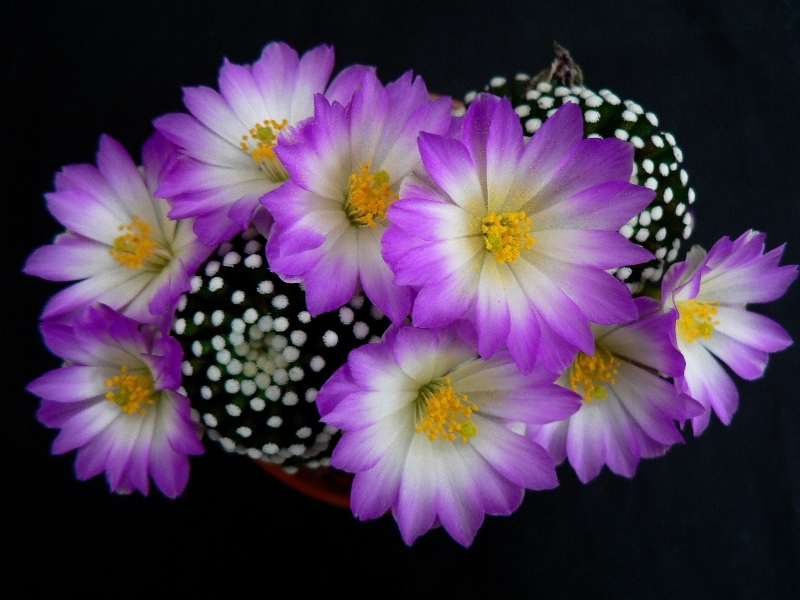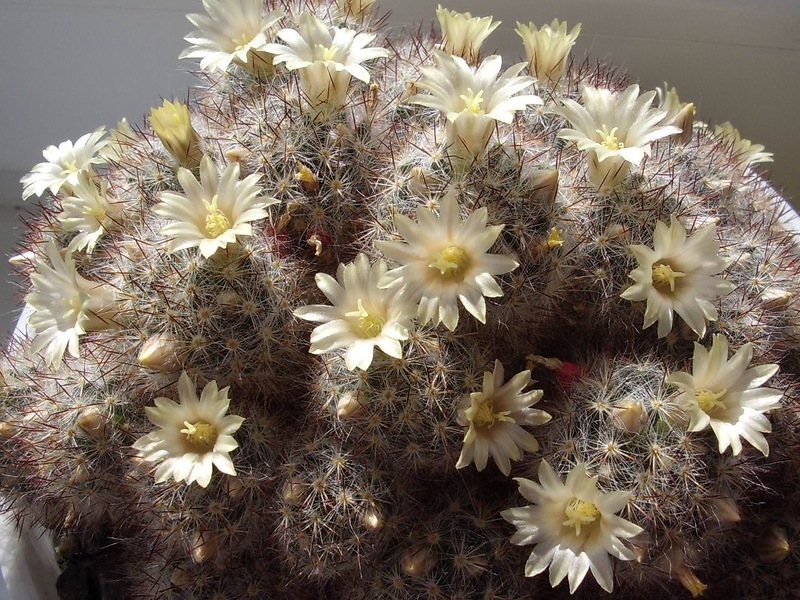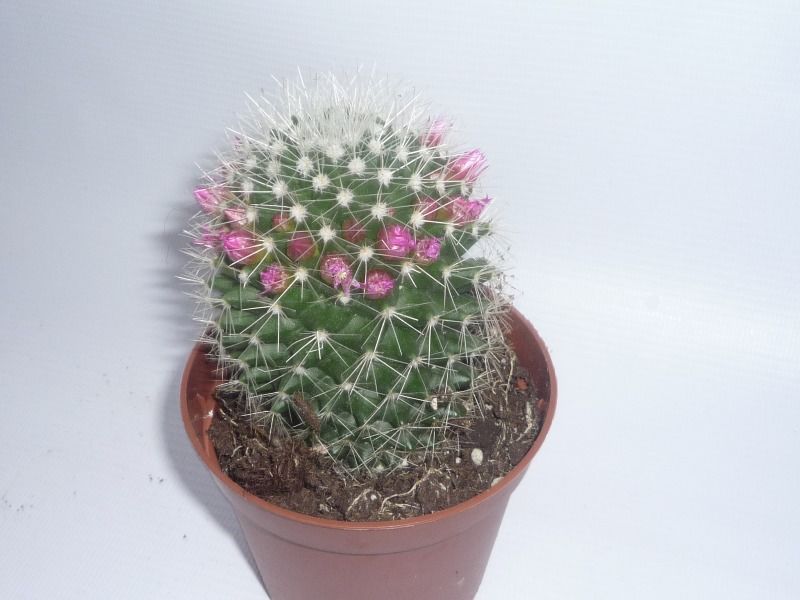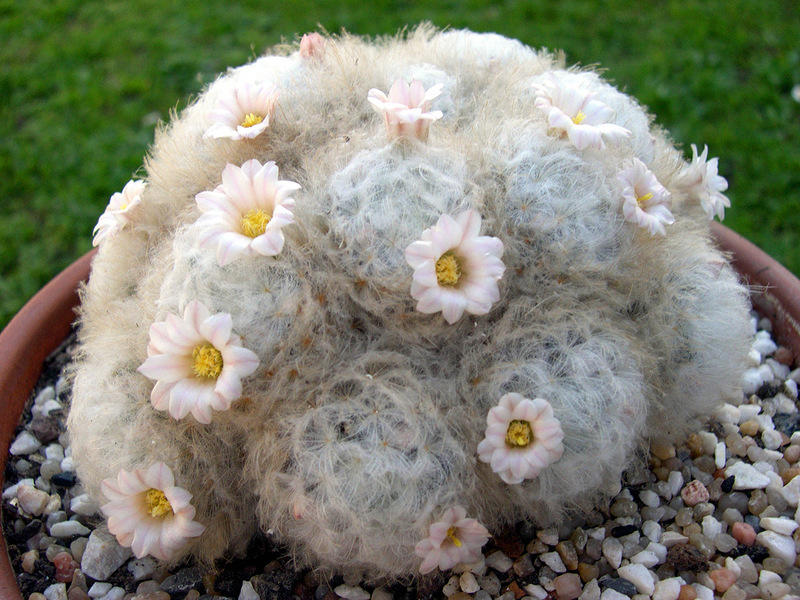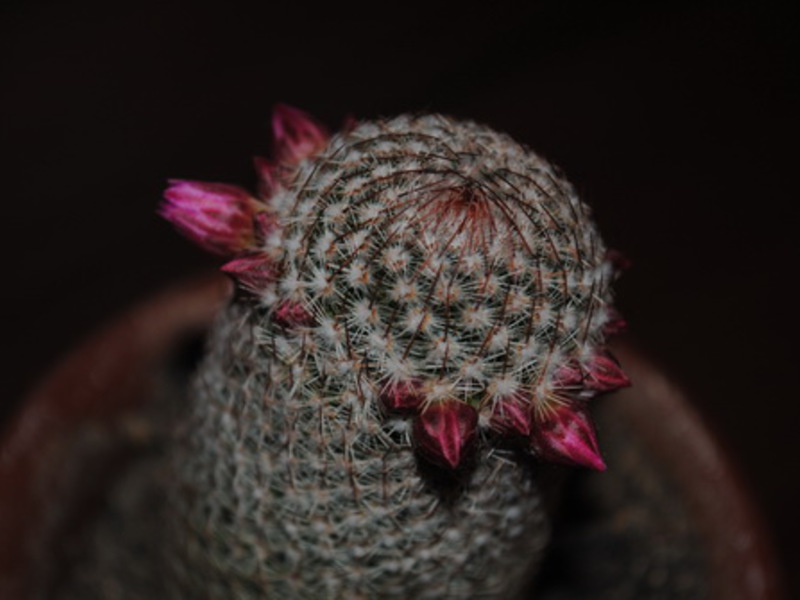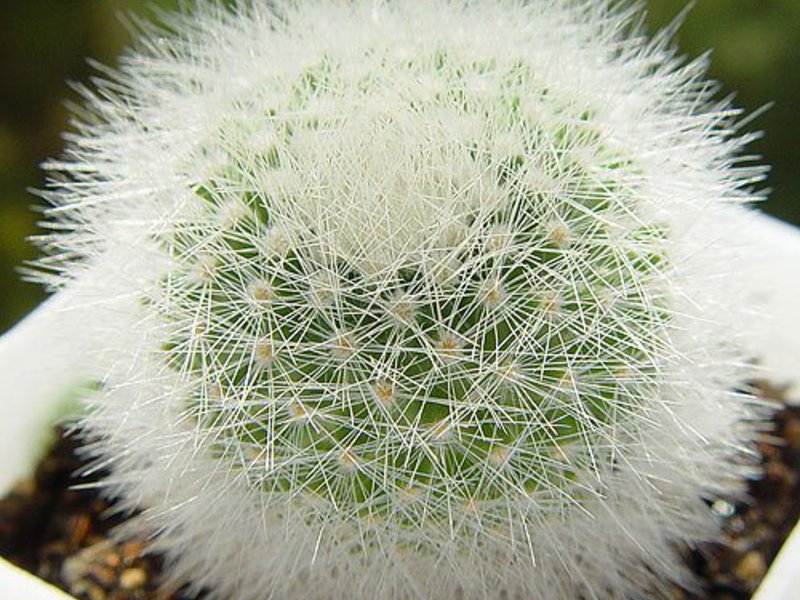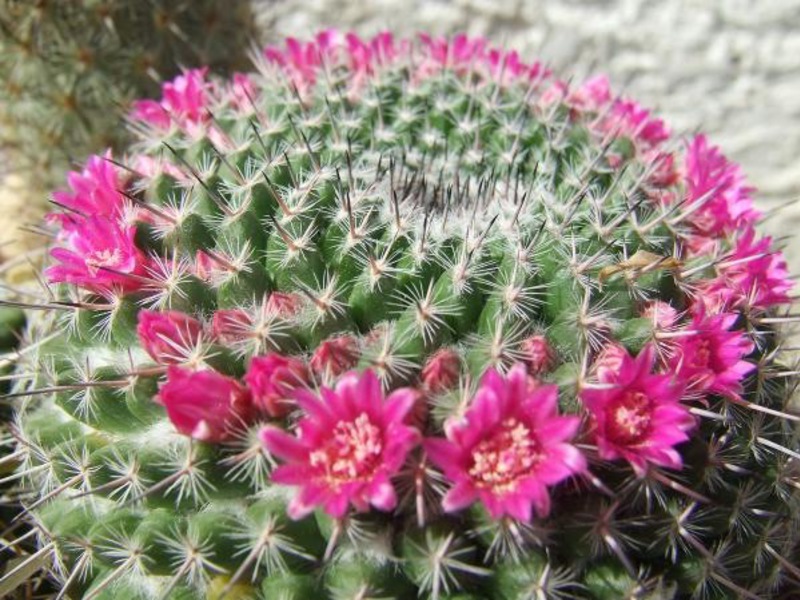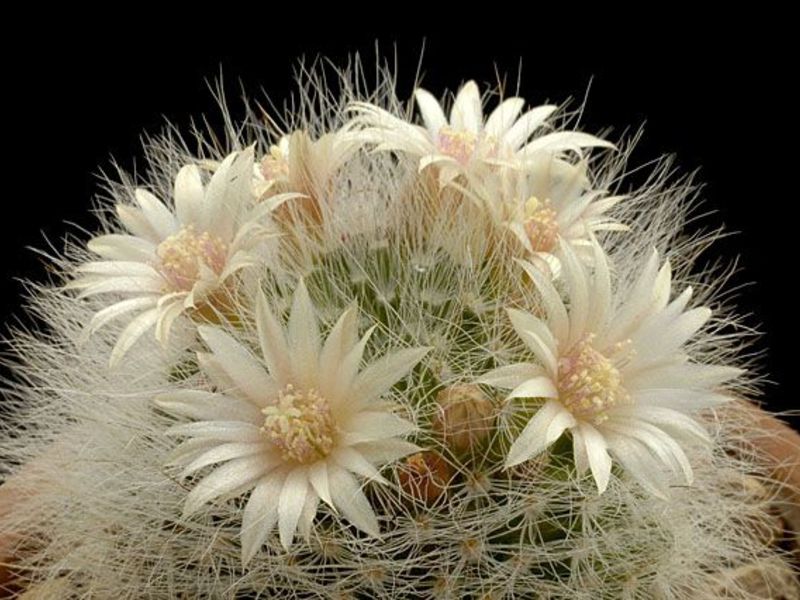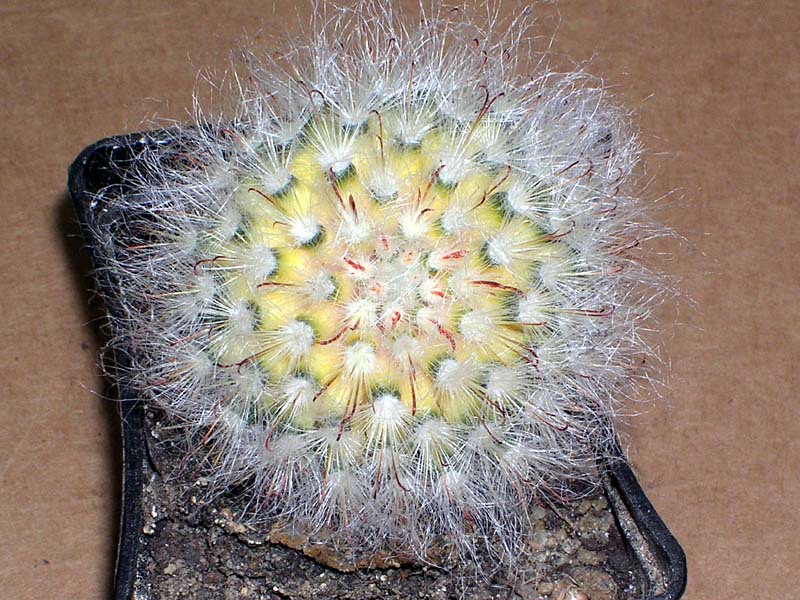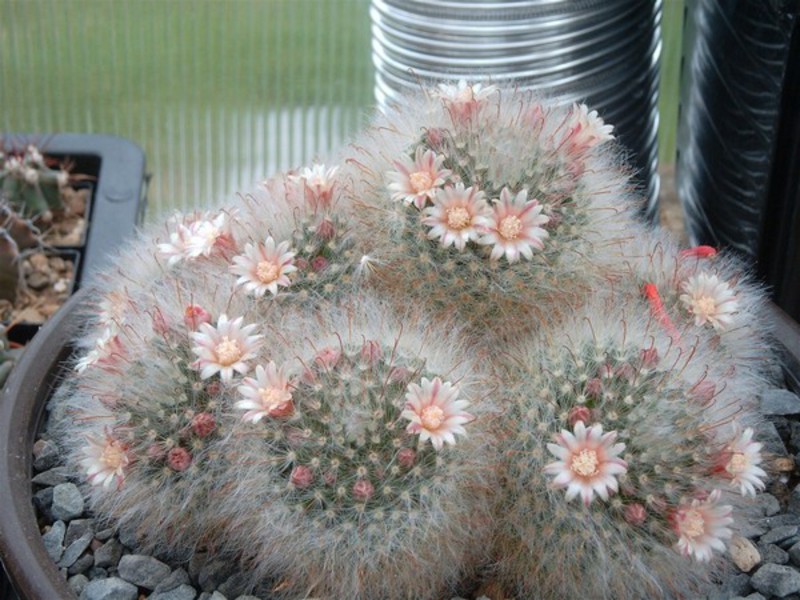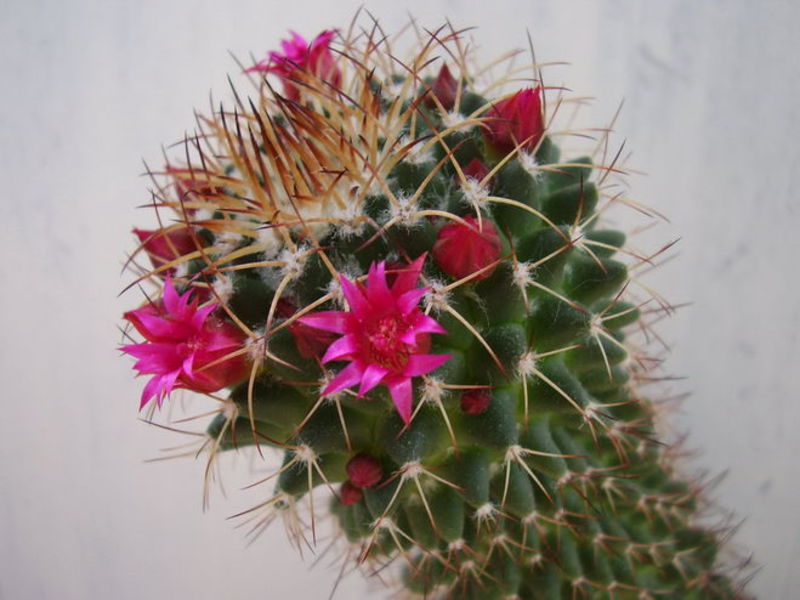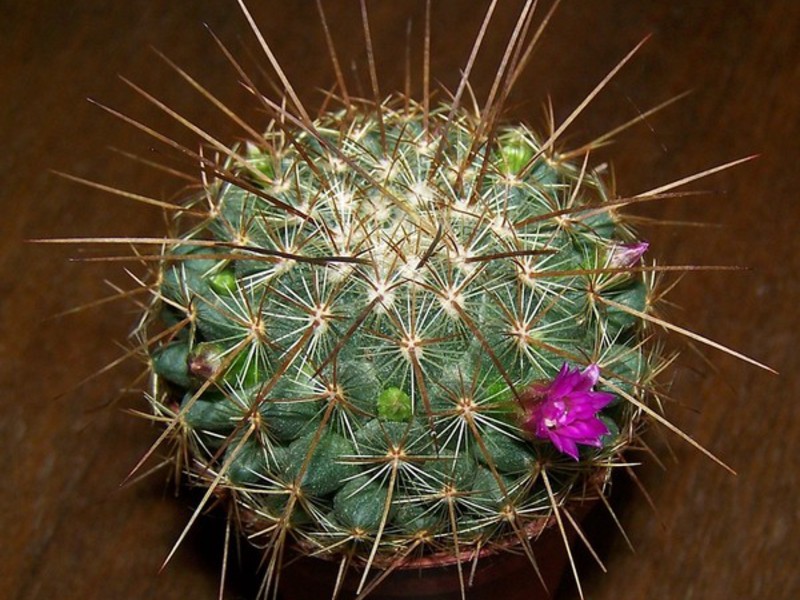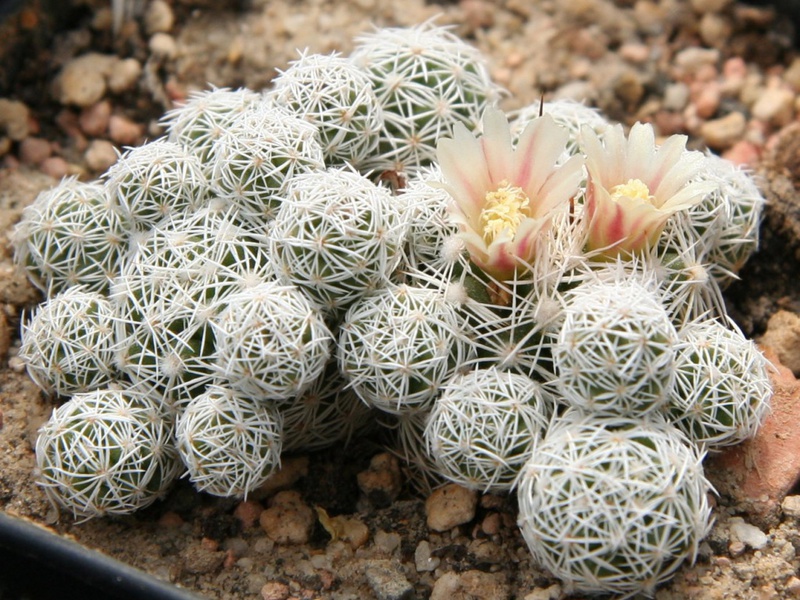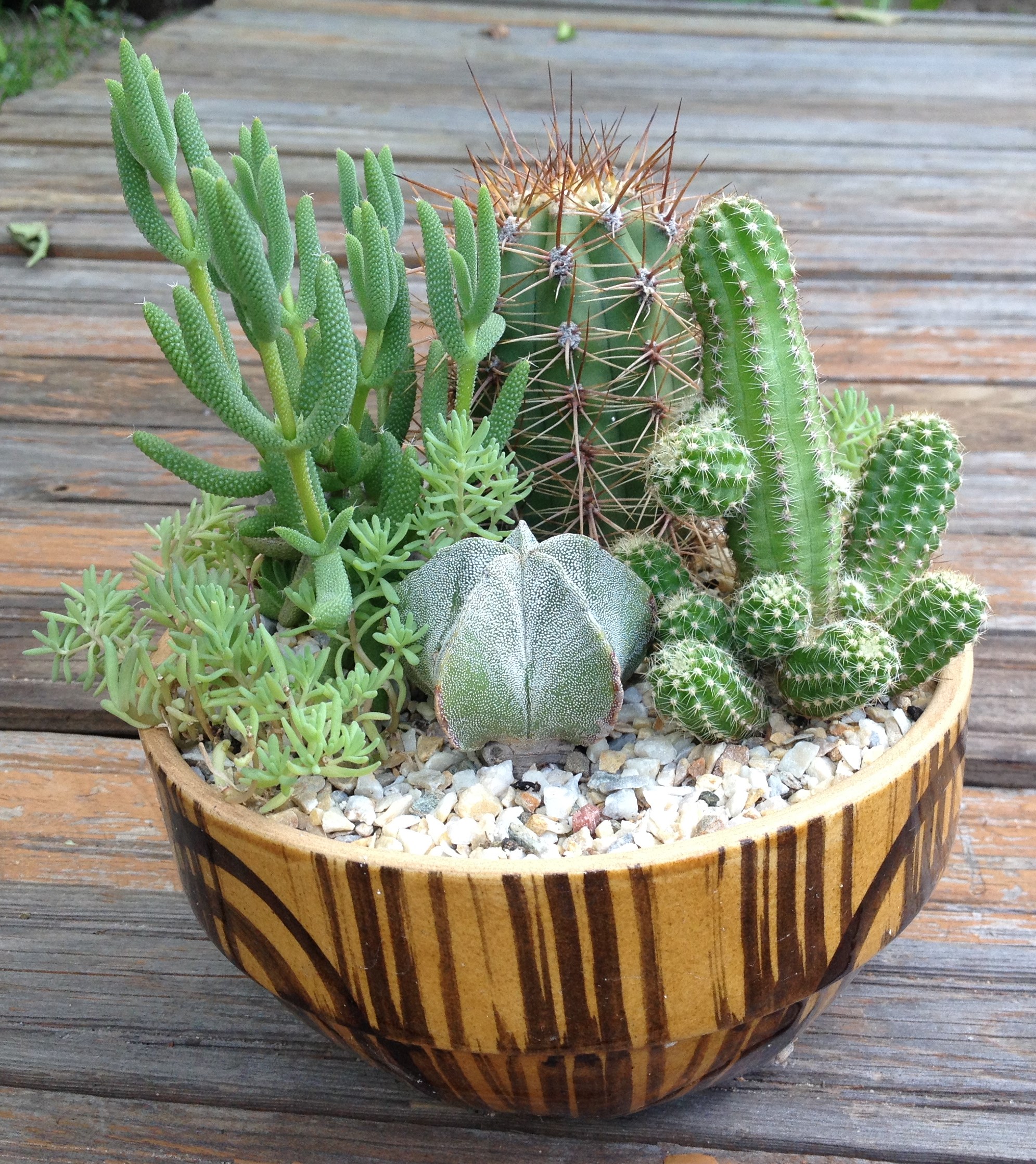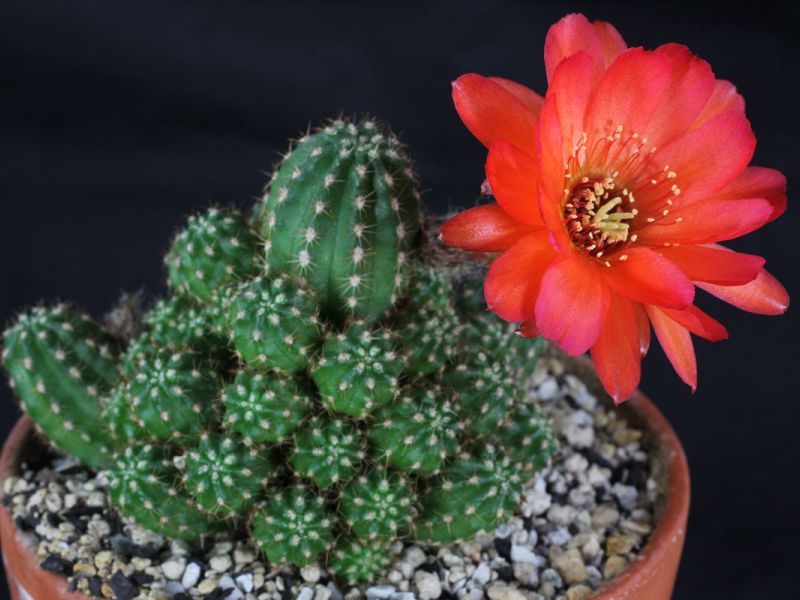Plants that delight amateur flower growers with their unpretentious care include cacti. And one of the largest of their species is the genus Mammillaria. According to the latest data, it has up to three hundred varieties, most of which grow in Mexico.
Content
Varieties of cactus
Mammillaria refers to a small species of cactus, it usually has a dark green stem ball or cylinder... The main difference between this genus and all cacti is the presence of various papillae on the stems of this plant, from which thorns grow. Flowers appear between them from the sinuses. You can distinguish these varieties by shapes, colors, structures of flowers.
The roots of Mimmilaria are on the surface, but they are quite powerful. The root system, located in the center, goes a little deeper, and the rest of the roots, quite long and thick, branch off from it.
The features of mammillaria also include specific construction of the areola, divided into 2 parts, one of which is located at the top of the tubercle, it is pubescent and with spines, and the other is in its sinus and has only pubescence with infrequently thin setae. In the second areola, flower buds and shoots develop, but only when the tubercle reaches the required age. That is why the flowers of the cactus are not at the top.
This genus also differs from many other cacti by thorns. They are distinguished by color and shape, they are hook-shaped, feathery, protruding and similar to thick needles. The color of the thorns is also varied: white, black, red and many others. dr.
There are the following types:
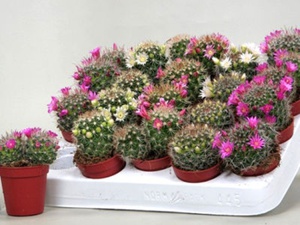 Mammillaria shide. A very miniature cactus in the form of a ball, the diameter of the stem is about 4 cm, and the tubercles, which have the shape of a cone, reach a length of 1 cm. There are no spines in the center, but the radial ones are usually white, hairy, 2 to 5 mm long. These spines look like feathers, covering the stem so tightly that even its green color is not visible. The diameter of the flowers reaches 2 cm, and the color is yellowish-white, the fruits are pink. This species is quite branchy.
Mammillaria shide. A very miniature cactus in the form of a ball, the diameter of the stem is about 4 cm, and the tubercles, which have the shape of a cone, reach a length of 1 cm. There are no spines in the center, but the radial ones are usually white, hairy, 2 to 5 mm long. These spines look like feathers, covering the stem so tightly that even its green color is not visible. The diameter of the flowers reaches 2 cm, and the color is yellowish-white, the fruits are pink. This species is quite branchy.- Mammillaria large papillary. A rather large species of this cactus and its height sometimes reaches 30 cm, it is 14 cm wide. Its tubercles are conical-cylindrical, thin and strongly protruding. This type of mammillaria has little branching.
- Mammillaria snow-white is also a rather large species of cactus. At an early age, it is in the form of a ball slightly flattened on top, and in a more mature one in the form of a cylinder, the diameter of which can be 14 cm, and the height - 30 cm. In the snow-white mammillaria, spines growing from above can be observed. They are pale pink in color and rather short, reaching only 1 cm in length and growing in groups of 8 to 12 pieces. The diameter of cactus flowers is from 2 to 3 cm, pale pink with a burgundy strip. Their fruits are bright red in color.
- Mammillaria Teresa. This type of cactus is weakly branched, ovoid, and this dwarf is only 4 cm in height, with a diameter of 3 cm. Tubercles in the form of a cylinder have a length of 4 to 6 mm.Radial spines, grouped from 22 to 30 spines, 2 mm long, they are almost transparent white. And the central spines are slightly longer, grouped in 9 pieces, yellowish in color. The flowers of this cactus species are quite large (up to 3 cm in diameter) and purple-purple in color. The fruits are red.
- Mammillaria prickly is a medium-sized cactus, often not branched in the form of a cylinder. Its height and diameter reaches 30 cm and 10 cm, respectively. Conical tubercles are 5 mm long, areoles at their tops have from 20 to 25 radial white spines (length - 4-6 mm) and from 12 to 15 spines in the center (length - 1-1.5 cm) ... The size of the flowers is 1-1.5 cm. Fruits are red.
- Mammillaria rekoi is a medium-sized cylinder-shaped cactus. The height of this type of cactus is from 12 to 13 cm, with a diameter of 5 to 6 cm.In the areoles, there are up to 30 pieces of small radial spines (length 4-6 mm) of white, yellowish-white, and dark brown central ones - up to 7 pieces, which are large and thick (up to 25 mm). Flowers are purple-pink in color, 1.5 cm long, and the fruits are red.
Caring for mamillaria at home
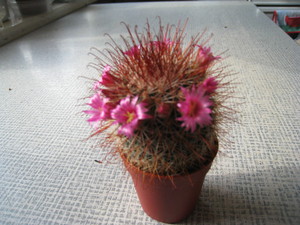 Basic rules for caring for mammillaria:
Basic rules for caring for mammillaria:
- The plant is light-requiring, so it needs sufficient lighting.
- In no case should the plant overflow, it may die from an excess of moisture.
In order for a cactus to please with its flowering in spring, in winter it is necessary for an indoor flower to ensure proper wintering.
- It is important that the soil of the mammillaria is always loose.
- Feed the indoor plant.
- Monitor the appearance of the cactus, its roots in order to avoid the presence of diseases and pests.
Lighting
Mammillaria are light-loving plants, especially their pubescent species. Them maximum lighting required, especially in summer, so windows on the south, west and east sides are suitable for them. But it is advisable to shade non-pubescent species of mammillaria at noon.
This type of indoor cactus tolerates heat well, and for them it will be ideal at 20-23 ° C, and in winter for its flowering it is better to provide a temperature of 10 to 12 ° C for non-pubescent ones, for pubescent ones 5 ° C higher.
Watering mammillaria
In winter, indoor cacti rest and some species do not need to be watered at all at this time. The houseplant is afraid of excess moisture, so it is important not to overflow the flower. At the beginning of spring, when it becomes noticeably warmer, cacti wake up and, as a rule, flower buds appear on them. And from spring to the end of summer, Mammillaria needs to be watered abundantly, doing this regularly once every 8-10 days, depending on the weather. And by autumn, watering must be reduced to once a month.
Wintering is an important stage in the life of Mammillaria
If you want a cactus to delight in spring with its delightful flowers, then they need to provide dry cool wintering... With a decrease in temperature, a special biochemical process occurs in a cactus, due to which flower buds are generated.
Wintering should be in a place where there is sufficient lighting and at a temperature not exceeding 12 ° C. Watering with this mammillaria is generally not required, if small species of cacti, then once a month you can slightly moisten.
Air humidity
Cacti can tolerate dry indoor air quite well, so there are no special requirements for moisture.
Soil and transplantation of mammillaria
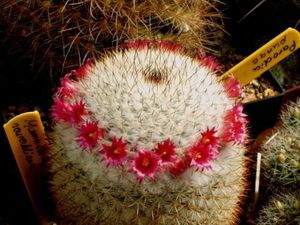 The potting mix of indoor cactus should be very loose, allowing air and water to pass through. It is purchased in specialized stores.
The potting mix of indoor cactus should be very loose, allowing air and water to pass through. It is purchased in specialized stores.
It is better to take dishes for cacti wide and not very deep, paying attention to drainage hole at the bottom of the pot to drain off excess water. Oddly enough, plastic containers are better for mammillaria, since the soil in them does not dry out and thus young thinned roots are not damaged.
Once a year in the spring, cacti must be replanted, only adult plants once every three years.They are transplanted by transshipment along with an earthen lump of old earth, without touching the roots, otherwise the houseplant can be damaged. Watering should not be done right away, you have to wait a couple of days to allow the mammillaria to adapt.
Top dressing
You need to feed the plant specialized supplements once every 30 daysespecially when they grow abundantly (spring-fall). In winter, mammillaria does not require feeding.
Reproduction
Mammillaria reproduce quite easily, but there are specimens that reproduce only from seeds.
Growing problems, diseases and pests
Unfortunately, at home growing in a container with a plant pests can settle:
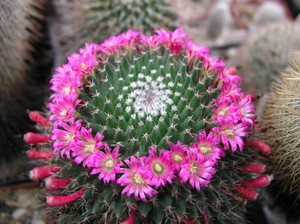 Spider mites and scale insects can bring enormous harm to this species of cactus. If the plant looks bad, then you need to get the mammillaria out of the pot and look at the roots for the presence of scale insects. If they are, then it is necessary to transplant the plant into fresh soil mixture, before wiping the affected roots with alcohol.
Spider mites and scale insects can bring enormous harm to this species of cactus. If the plant looks bad, then you need to get the mammillaria out of the pot and look at the roots for the presence of scale insects. If they are, then it is necessary to transplant the plant into fresh soil mixture, before wiping the affected roots with alcohol.- The plant can be infested with nematodes. This can be recognized by carefully examining the roots of the plant; peculiar swellings appear on them. If this lesion is not determined in time, the cactus may die. For treatment of mammillaria, using a knife, the infected parts of the rhizome are cut off with a blade. Then the cactus should be placed in a basin with water (from 45 to 50 0С), and try to prevent water from getting on the root neck of the mammillaria. After the procedures, sprinkle the roots with chopped charcoal.
- Mammillaria, mostly non-pubescent, are affected by the red tick. To avoid this defeat, it is necessary to treat the cactus with a brush dipped in an alcohol solution. If the tick is already wound up, it is necessary to treat the plant with actellik solution (0.15%).
Mammillaria are very easy to cleanso this flower is great for beginner indoor plant lovers. If you follow all the rules required in caring for a home flower, be attentive to its appearance, and regularly examine the roots, then indoor mammillaria will adequately decorate the room and delight the grower with abundant flowering.
